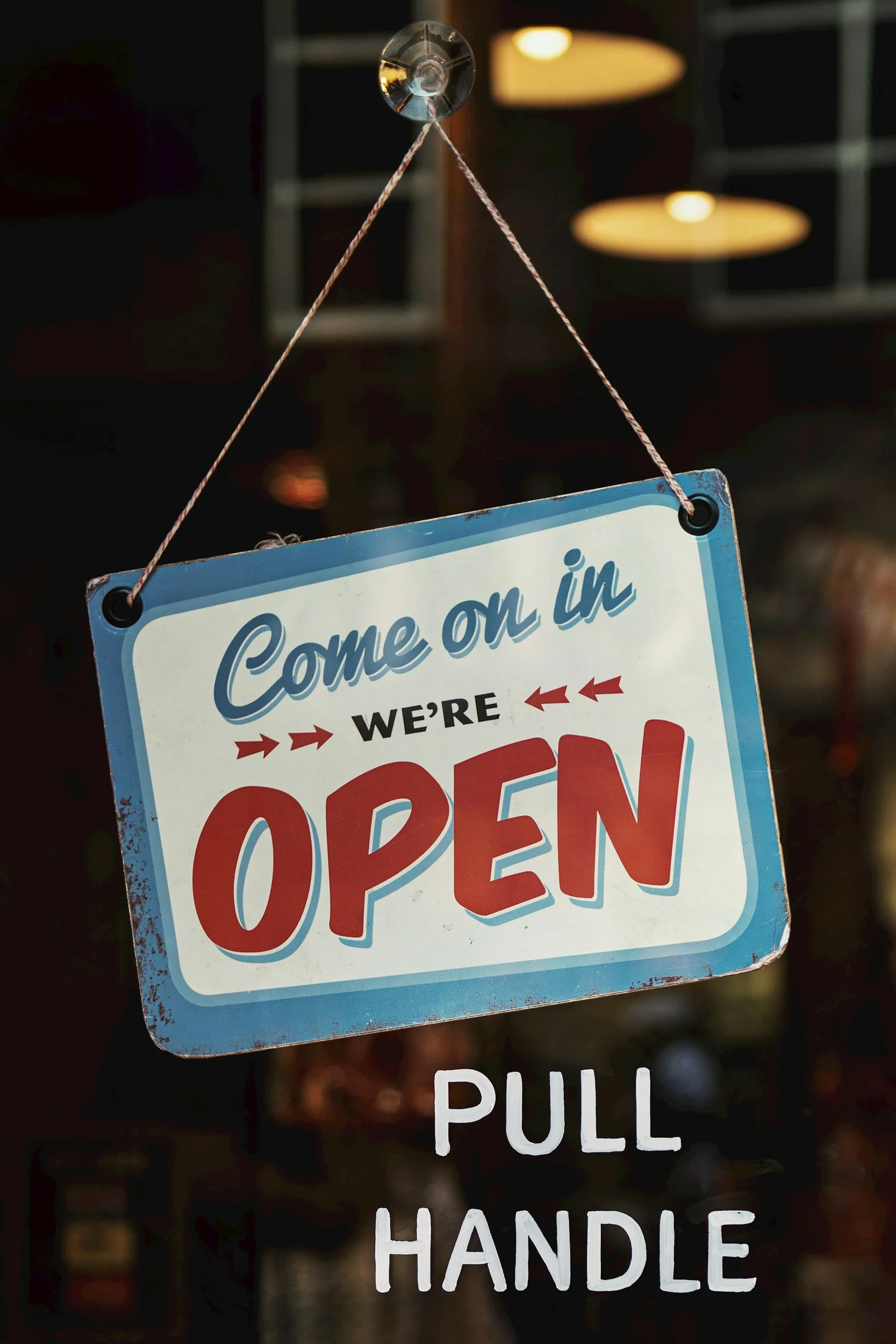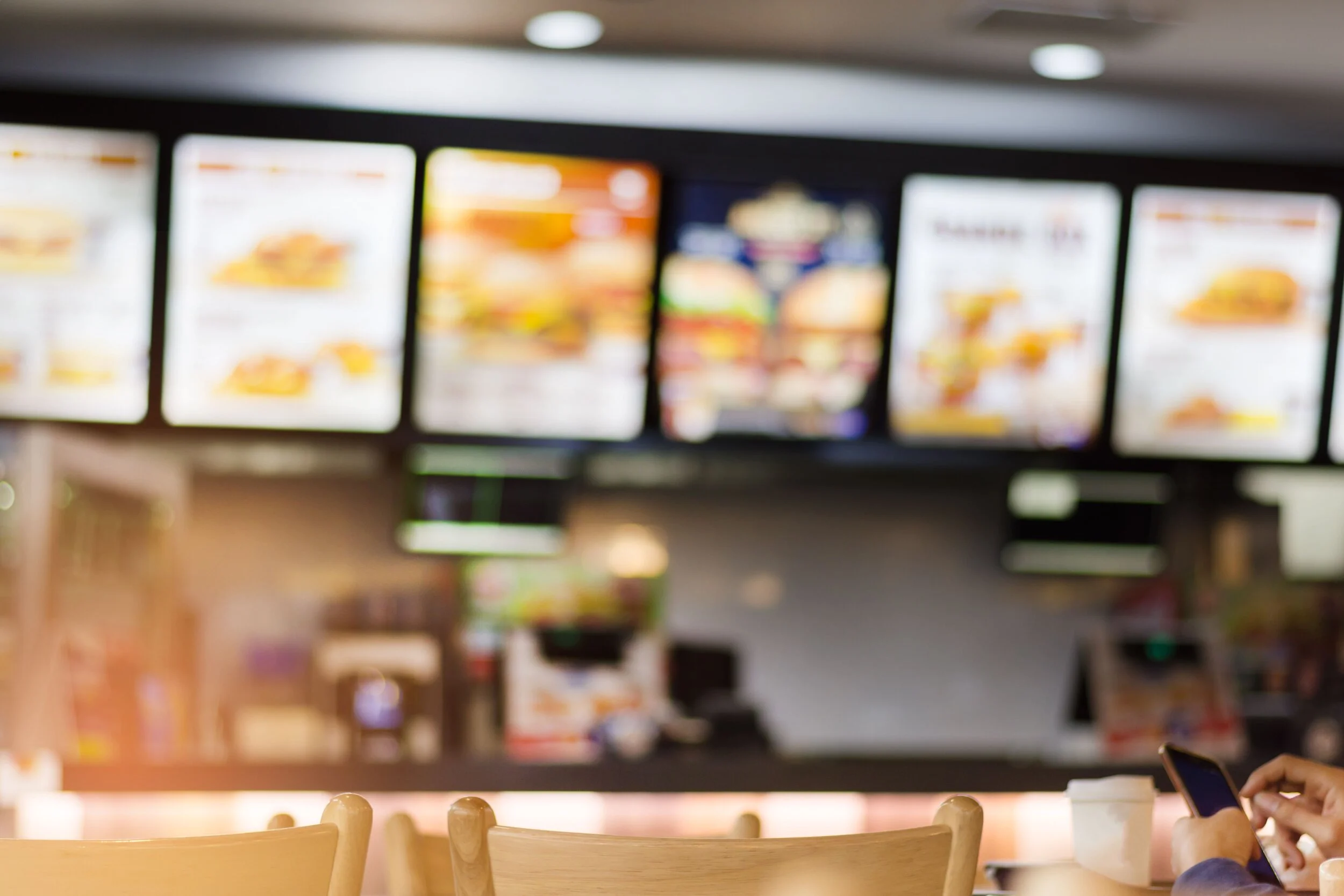Best of Both Worlds: What Big Brands and Small Shops Can Learn from Each Other About Training
Training frontline workers is a high-stakes game, whether you’ve got five locations or five hundred. Fast food and quick service environments are brutal battlegrounds for learning. Turnover is high, time is short, and expectations never let up. How companies train their teams, especially those working the grill, the fryer, or the POS, can make or break culture and customer experience.
But there’s a divide. Big brands often approach training with structure, systems, and scale but lose flexibility, personality, and relevance in the process. Small businesses, on the other hand, run lean and responsively but frequently lack repeatability, data, or risk protection.
And then there’s the franchisee—the hybrid species. A small business is technically plugged into a large brand with corporate mandates and national marketing. Franchisees are on the ground, wearing all the hats while juggling both freedom and compliance.
So what can these groups learn from each other? A lot. Let’s break it down.
What Big Brands Can Learn from Small Shops
Cut the Fat, Keep the Flavor
Agility Matters
Small shops don’t wait for quarterly reviews—they update training on the fly. A new fryer, a new process, a menu item? Someone’s trained before the end of the day. Big brands should adopt lightweight content updates and rapid-release microlearning. (Related: Microlearning: The Sparkler of Modern Workplace Learning)
Local Voices Matter
Training designed 1,000 miles away often misses local nuance. Small businesses naturally train in context. Big brands should collect and integrate frontline insights into national programs, closing the gap between HQ and the kitchen floor.
Training Should Feel Human
Small businesses train with empathy because they know their people personally. Big brands can build training that feels more like conversation and less like compliance paperwork. (Good companion read: Training Without Trainers: How SMBs Can Build Courses Without an L&D Department)
Embed Learning in the Job
The best small teams train while working, not away from it. Big brands can double down on performance support: mobile-first resources, innovative search tools, and just-in-time videos that support the job at the moment of need. (More on that: Performance Support Considerations for Frontline Workers)
What Small Shops Can Learn from Big Brands
Build the Recipe, Then Scale It
Systems Save Time (and Sanity)
Shadowing Jamie for a day isn’t a system. Big brands win by standardizing onboarding and operations without losing local soul.
Train It. Track It. Improve It.
If you don’t measure training outcomes, you’re flying blind. Small businesses should track simple metrics: completion rates, quiz scores, and feedback surveys. (Worthwhile read: Learning Metrics That Matter: Data Points You Should Be Measuring)
Cover Your Risk Bases
A single compliance violation can be a business-ending event. Big brands mandate food safety, harassment prevention, and equipment handling training. Small businesses should see this not as red tape, but armor.
Use the Right Tools
You don’t need a seven-figure budget anymore—affordable, mobile-first training platforms like SparkLearn level the playing field for smaller teams. (If you haven't yet, check out From Chaos to Clarity: Transform Your Frontline Workforce with AI-Powered Learning).
The Franchise Factor
Franchisees sit at the intersection of structure and hustle. They live in both worlds: they are held to corporate standards but manage the daily operational curveballs like any small shop.
When it works, it’s magic. Corporate provides the backbone—brand voice, core compliance, and marketing muscle. Franchisees localize the execution to match their crews, customer base, and culture.
The key to success is flexibility within a framework. Build a foundation that’s strong but still allows local adaptations without breaking consistency.
The Middle Ground: Blend the Grit and the Scale
So what does it look like when training truly hits the sweet spot?
It’s about rejecting the false choice between agility and structure. You need both. The best training programs move fast because they’re built on intelligent scaffolding—systems that let you update content without creating chaos.
Empower your teams with usable, searchable, and fast performance support tools. Build a core curriculum that nails safety, compliance, and brand consistency. Then, leave room for the human side—contextual adaptations, personal touches, and real-world relevance. Whether you’re running a single store or a regional empire, the goal is training that feels personal, practical, and powerful.
Flip the Script
If you’re stuck, either mired in outdated complexity or skating by with nothing but verbal handoffs, it’s time to reassess.
Watch your team. Notice what slows them down, what questions keep popping up, and where your training either supports or sabotages them. Then, don’t be afraid to steal smart moves from the “other side.” If you're a big brand, think smaller, faster, closer. If you’re a small business, think bigger, more consistent, and more systematic.
The businesses that will win are the ones that design training based on reality, not tradition.
Conclusion: Train Like It Matters
The size of your business doesn’t define the quality of your training—your mindset does. Whether you’re a franchisee balancing brand expectations with daily realities or a scrappy restaurant expanding to a second location, the smartest move is to blend speed with structure.
When you create useful, flexible, human training, you’re not just checking a box. You’re building a team that shows up ready, resilient, and responsive—day after day, shift after shift.
Ready to Build Training That Works for Your Team?
SparkLearn helps frontline and mobile teams blend enterprise-grade structure with small-business agility.
Learn how we can help you modernize your training without losing your soul.



